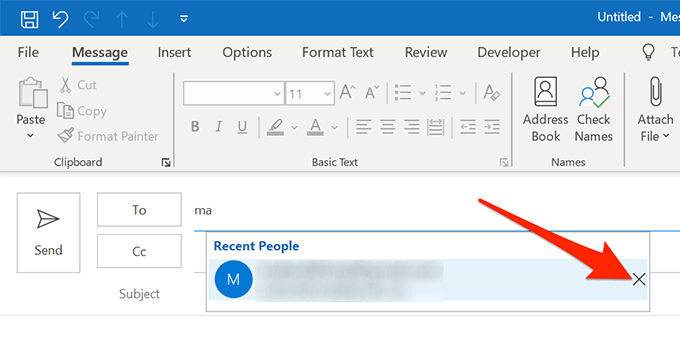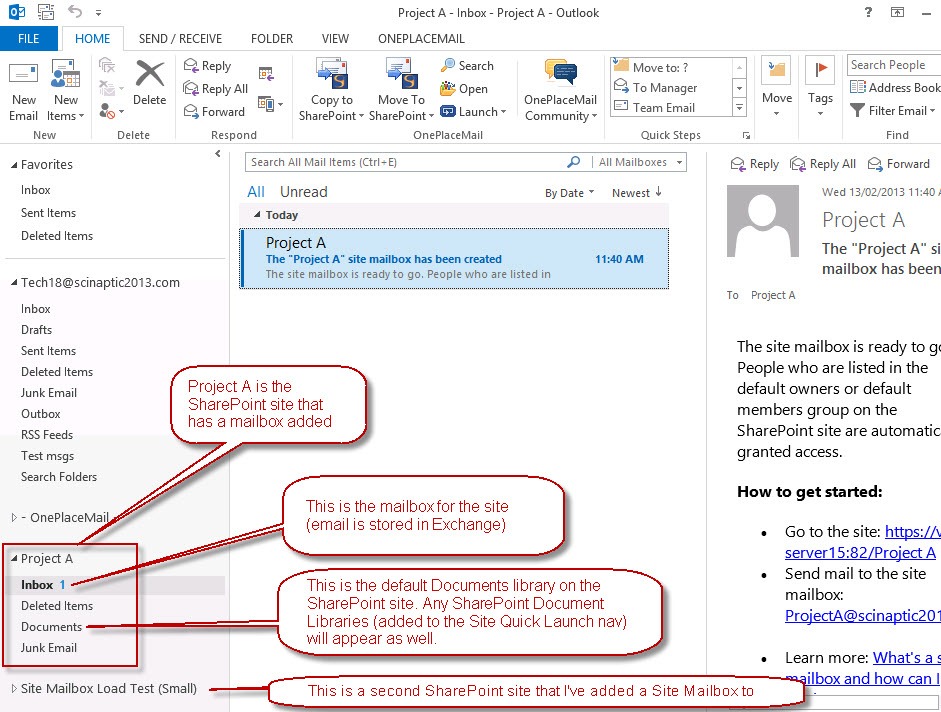

- Control email cache size outlook for mac Offline#
- Control email cache size outlook for mac download#
If you have a lot of email and you have space constraints on your local drive, you may not want to synchronize all your messages. For non-synchronized messages, only the message headers are searchable. Thunderbird's full-text search of the message body is only available for messages that have been synchronized (that is, downloaded). The status of the synchronization is displayed in Thunderbird's bottom left corner. Once the downloading and indexing is complete, performance returns to normal.
Control email cache size outlook for mac download#
This is partially caused by the download process itself, but also caused by the indexing process (whereby the text of messages is analyzed and indexed, enabling fast and powerful message search). When Thunderbird has to download many messages from the email server, it can result in a temporary performance lag. Before Thunderbird can display the message body, it must download it from the email server. When messages are stored on an email server, the body of the message is not downloaded until it is invoked (for example by clicking on the message in Thunderbird's message list). Messages that are stored locally load faster than messages stored on an email server. Synchronization impacts performance and disk space usage. (Message headers contain information like the sender, recipient(s), subject, etc - everything except the body of the message.) The message body is not downloaded until you click on the message in the message list (which means that if you are not online, you can't read the message). The only difference is that rather than downloading the entire message, only the message "headers" are downloaded. Non-synchronized messages are still accessible within Thunderbird. If internet access is lost, Thunderbird will synchronize when access is reestablished. Thunderbird continually synchronizes with the email server as long as it is running and has access to the internet. Whenever Thunderbird starts, it checks the state of synchronization between the Thunderbird message repository and the email server, and then performs any transfers that are necessary (such as downloading new messages from the server, deleting from the server any messages that have been deleted locally, etc). (The draft must be copied from the Thunderbird message repository to the email server.) A draft message is composed and saved (but not sent) in Thunderbird.(The message must be deleted from the Thunderbird message repository.) A message is downloaded to Thunderbird and later deleted by a web-based client (such as Yahoo Mail or Gmail).(The message must be deleted from both the local machine and the email server.) A message is downloaded to Thunderbird and deleted in Thunderbird.To understand message synchronization, consider the following scenarios: In order to provide this kind of flexibility and functionality, though, messages must be synchronized between the local machine and the email server. Full-text search of a message body is only possible on messages that have been downloaded. Search performance is much faster than searching a set of messages on a remote server. Messages load faster when they are stored on a local drive.Thunderbird users can download their messages to their local system and access them even when they are not connected to the internet.For example, a Thunderbird user with a Microsoft Live account can use both the Thunderbird application that is installed on their system and the web-based interface provided by Microsoft.

Multiple clients can be used to access messages.Therefore, messages can be stored both on the local machine and on the server, enabling numerous benefits:
Control email cache size outlook for mac Offline#
The IMAP protocol supports both online and offline activity.

To see whether your account uses IMAP or POP, check the Server Settings page in the Account Settings: It is more modern and fully featured than POP (Post Office Protocol), which is the other major protocol for accessing mail messages. It enables a mail client (such as Thunderbird) to access messages stored on a mail server. IMAP stands for the Internet Message Access Protocol.



 0 kommentar(er)
0 kommentar(er)
